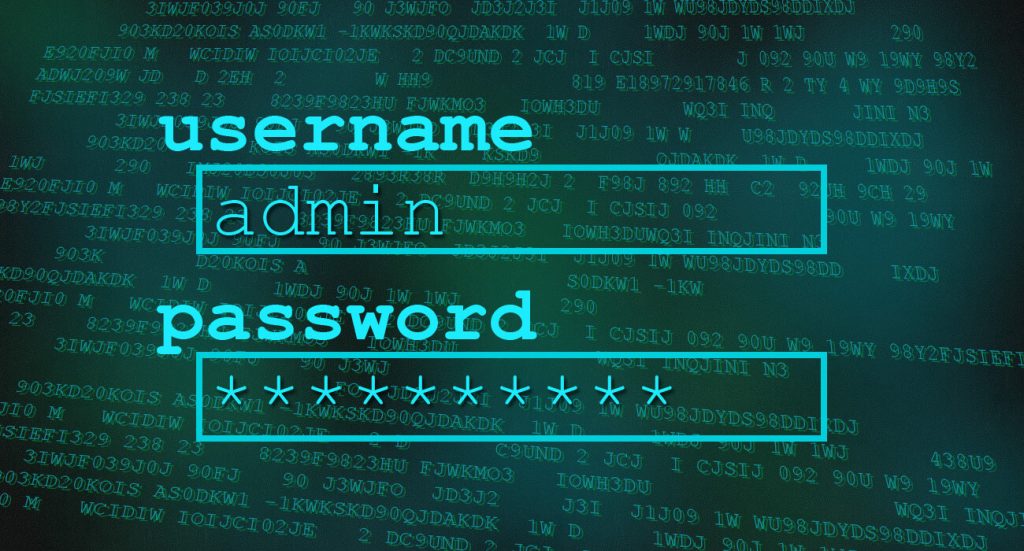
Recent trends show businesses rely on their insurance as a be-all-end-all fix when they are the victim of an attack, only to find out they do not meet the policy requirements and receive no remuneration.
Myth 1 - A Cyber Insurance Policy covers all cyber risks
One common misconception is that cyber insurance provides comprehensive coverage for all cyber risks. In reality, policies vary significantly in terms of scope and exclusions. In addition, certain risks, such as reputational damage or loss of intellectual property, may not be covered by some policies. Therefore, reviewing the policy details and carefully understanding the coverage limitations is crucial.
Example:
A small retail business assumes its cyber insurance policy will cover any financial losses from a data breach. Still, they later discovered that the policy excludes coverage for payment card industry (PCI-DSS) fines and penalties, which they incurred due to non-compliance with security standards.
Myth 2 - Cyber Insurance eliminates the need for cyber security measures
Some organisations mistakenly believe that having cyber insurance eliminates the need for implementing robust cyber security measures. However, insurance is not a substitute for proper security practices. Insurers often require policyholders to have reasonable security measures, and non-compliance could result in coverage exclusions.
Having a cyber security insurance policy in place is not an excuse or reason not to also implement foundational defences such as strong passwords, password managers, Multi-Factor Authentication, regular backups, anti-virus, and regular device updating.
Example:
A medium-sized manufacturing company believes purchasing cyber insurance means they don't need to invest in regular cybersecurity assessments or employee training. As a result, they fail to implement a regular Security Awareness Training program resulting in 4 employees becoming victims of Phishing attacks.
To avoid falling into the above myths surrounding cyber insurance, take the following steps:
Carefully review the cyber insurance policy, paying attention to coverage limitations, exclusions, and any specific requirements or security measures that must be in place to maintain coverage.
Recognise that cyber insurance is not a substitute for solid cybersecurity practices. Invest in robust security measures, such as strong passwords, encryption, regular device updates, employee training, and incident response plans, to reduce the likelihood of a cyber incident and demonstrate a commitment to risk mitigation.
Assess your organisation's cyber risks, considering the industry, data sensitivity, and potential vulnerabilities. This assessment can help determine the appropriate coverage needed and ensure that the policy aligns with the organisation's unique risk profile.
Small and medium-sized businesses should be aware of their attractiveness as cyberattack targets. Recognise the potential impact of a cyber incident on the organisation's finances, reputation, and operations. Consider the affordability of cyber insurance relative to the potential costs of recovery and loss.
Consult with insurance professionals who specialise in cyber insurance. They can help navigate the complexities of policies, guide suitable coverage options, and assist in understanding the specific risks faced by your organisation.
It is more important than ever for your business to have the right insurance, policies and cyber security plans to stay protected.
Learn more: https://www.nwcrc.co.uk/post/cyber-insurance-policy









